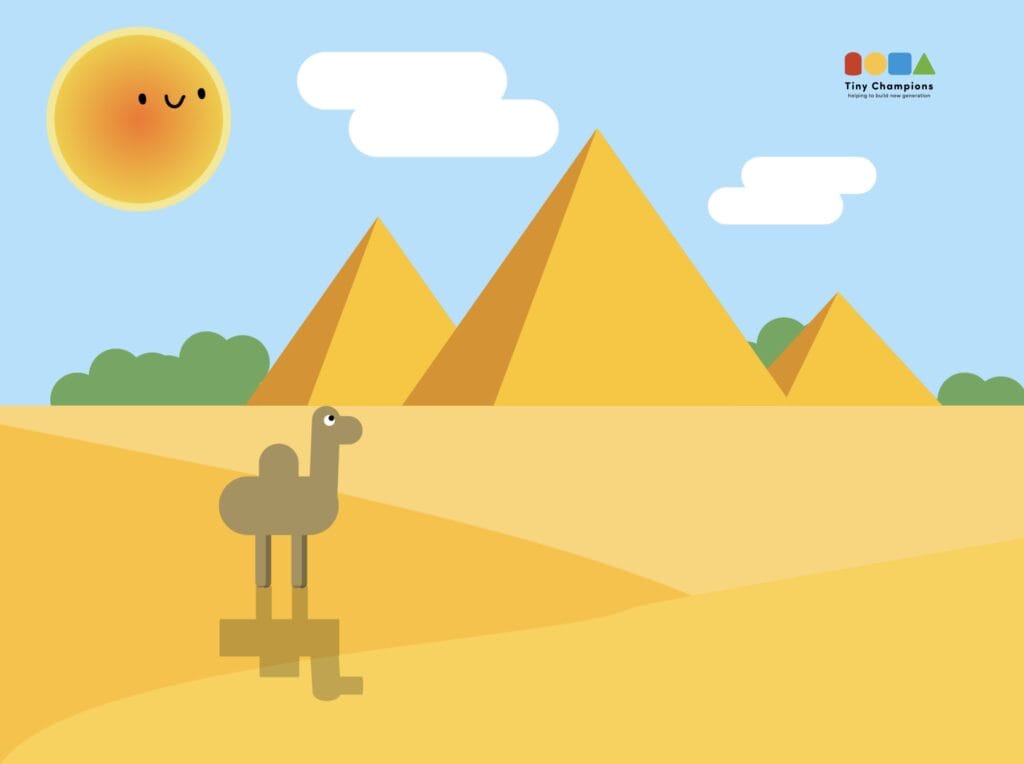Who Were the Celts?

Imagine a world of brave warriors, colorful art, and magical stories—all long ago in a place we now call Europe. The people who lived in this world were called the Celts (“kelts”). They weren’t just one group but a whole family of tribes who shared similar languages, art, and beliefs.
Where and When
- Time period: The Celts first appeared around 1200 BCE (over 3,200 years ago).
- Location: They spread across much of Europe—from what is now Ireland, Britain, and France, all the way to parts of Spain, Germany, Switzerland, and even into Turkey!
Over hundreds of years, Celtic tribes traveled, traded, and sometimes fought with their neighbors, so their culture mixed with many places.
What Made Them Special?
Colorful Art
Celtic artists loved spirals, knots, and animals. You’ll see these designs on old metalwork, like helmets and jewelry, and on stone carvings called standing stones.
Fun Fact: The famous “Celtic knot” has no beginning or end—it represents life’s endless cycle!
Strong Warriors
Celts were known as fierce fighters. They used swords, spears, and long shields. Some stories even say they painted their bodies or wore bright clothes into battle to look extra bold!
Magic and Myths
Celtic stories are full of magic, talking animals, and brave heroes. Bards (storytellers) would memorize long tales and perform them with music to teach lessons and celebrate heroes.
Daily Life
- Homes: Many Celts lived in round houses made of wood with thatched roofs.
- Farms and Food: They grew barley, wheat, and vegetables, and kept cows, sheep, and pigs. They also fished and gathered wild berries.
- Clothing: Men and women wore wool or linen clothes, often dyed bright colors from plant extracts.
Villages were often surrounded by wooden fences or earth banks for protection.
Religion and Beliefs
The Celts believed in many gods and goddesses linked to nature—like rivers, trees, and animals. They celebrated festivals at important times of the year:
- Samhradh (Summer) – a time of growing fields.
- Samhain (Winter) – when the veil between this world and the spirit world was thin (a festival that influenced our Halloween!).
Druids were special priests who led religious ceremonies, offered advice, and taught young Celts.
Celtic Languages
The Celts spoke languages we now call Celtic languages. Some still exist today:
- Irish Gaelic (in Ireland)
- Scottish Gaelic (in Scotland)
- Welsh (in Wales)
- Breton (in Brittany, France)
These languages link us to Celtic stories and poems from long ago.
Why Are They Important?
Today, you can still see Celtic influence in:
- Art & Jewelry: Modern artists use Celtic designs.
- Place Names: Many towns in Europe have Celtic roots in their names.
- Festivals: Celebrations like St. Patrick’s Day honor Celtic heritage.
By learning about the Celts, we discover how people long ago shaped the languages, art, and stories we enjoy today.
The Celts may be from a very long time ago, but their colorful art, brave tales, and magical legends continue to inspire us. Next time you see a spiral knot on a necklace or hear a Gaelic song, you’ll know you’re touching a piece of Celtic history!
Thank you for visiting TinyChampions.com!
Before you go, we’d like to share a little surprise with you. At the end of this article, you’ll find a fun quiz designed just for your Tiny Champions! It’s a great way to see how much you’ve learned. Don’t worry if you get a few answers wrong—mistakes are a natural part of learning. Here’s a tiny tip: all the answers can be found in the article. Feel free to read through it as many times as you like!
Lastly, if you’re enjoying the content we share, why not join our newsletter? By signing up, you’ll stay updated on all the latest articles, activities, and products we offer. We’d love to have you as part of our Tiny Champions community!


